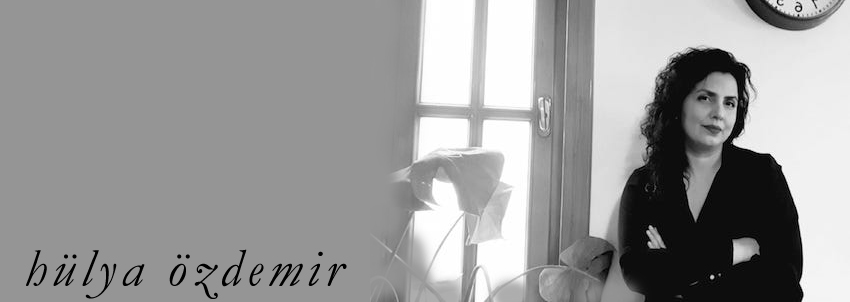
http://firatarapoglu.blogspot.com/2010/08/kimlikler-lutfenids-please-12-agustos.html
KİMLİKLER LÜTFEN!/IDs PLEASE!
12 Ağustos - 17 Eylül 2010 – CER MODERN, Açılış: 19:00
http://www.cermodern.org/
Küratör/Curator: Fırat Arapoğlu
Yeni Anıt
Nancy Atakan
Öykü Potuoğlu
Fatih Balcı
Ergin Çavuşoğlu – Konstantin Bojanov
Elif Çelebi
Orhan Cem Çetin
Didem Dayı
Kardelen Fincancı
Tina Fischer
Genco Gülan
İnsel İnal
Gaye Yazıcıtunç İnal
Şükran Moral
Ali İbrahim Öcal
Mehmet Öğüt
Hülya Özdemir
Arzu Parten
Çağrı Saray
Rüçhan Şahinoğlu
Açılış: 12 Ağustos
Açılış Performansı: İnsel İnal, Masaj/Mesaj
KİMLİKLER LÜTFEN!
Oysa yeni, zor düşünme biçiminin bir işareti olabilir.
Susan Sontag
Kimlik sözcüğü, kim ya da ne olunduğunu tanımlayan, bu kim olmanın sınırlarını çizen ya da onu belirleyen bir işlev görmektedir. Bu aynı zamanda, bir yakınlığı veya ilişkiselliği de gösterirken; farklılık kavramı ise, farklı olma durumunu, aynı olmamayı tanımlıyor ve başkalık, ayrımlılık anlamlarını içeriyor.
Üst-söylemler sanatın sınıf çelişkileri, kadın, gay/lezbiyen, göçmen, etnik köken gibi marjinal kimlikler konularını içermeyeceğini öne sürmekteydi/sürmektedir. Halbuki, sınıf çelişkilerinden kaçınılamaz. Aksine, bu noktada egemen bir ideoloji ve tek-söylemlilik yerine, çoğulculuğa ve demokrasiye dayalı tartışmacı bir sanat ve sanat tarihinin gerekliliğini göstermek ve 1990’lardan bu yana artan bir ivmeyle devam eden, Çağdaş Türkiye Sanatı içerisindeki “soykütük” ve “demokrasi” tartışmalarını geliştirmek gerekiyor.
Sanat kendisini kimlik tartışmalarından soyutlayamaz ve ortaya bir kimlik sorunsalını koyabilmek için de, öncelikle “kimlikler” ileri sürmesi lazım. Ancak bunun arkasından “öteki” ile ilişkiye geçebilecektir.
Fırat ARAPOĞLU
ID’S PLEASE!
But the new can be the sign of difficult thinking.
Susan Sontag
The term “identity” has a function of describing who you are or what you are, and of defining the boundaries of or determining who you are. While it shows at the same time closeness or relationality, the concept of difference describes the state of being different and of being not the same and includes the connotations of dissimilarity, differentiation.
Over-discourses have argued and still they do, that art does not include marginal identity issues such as the contradictions of class, femininity, gayness/lesbianship, migration, ethnic origin. However it is not possible to avoid contradictions of the class. Rather it is necessary to show the necessity to have a disputant art and history of art based upon pluralism and democracy should become argued instead of a hegemonic ideology and uniform discursivity, and also necessary to feed the discussions of “genealogy” and “democracy” accelerated from 1990s onwards within the Contemporary Turkish Art.
It is true that art can not isolate itself from the discussions of identity and that it should assert “identities” first in order to postulate an identity problematic. Only henceforth it can relate with the “Other”.
Fırat ARAPOĞLU
